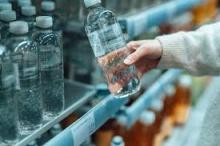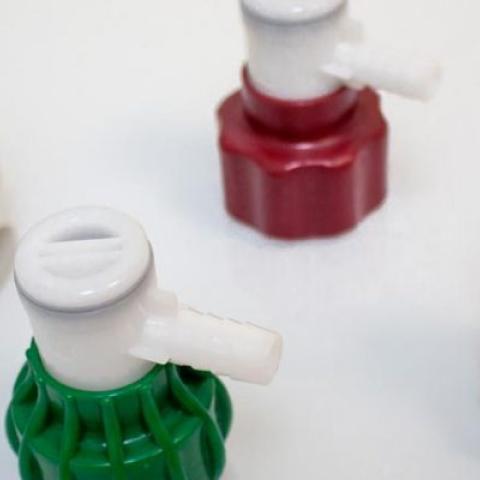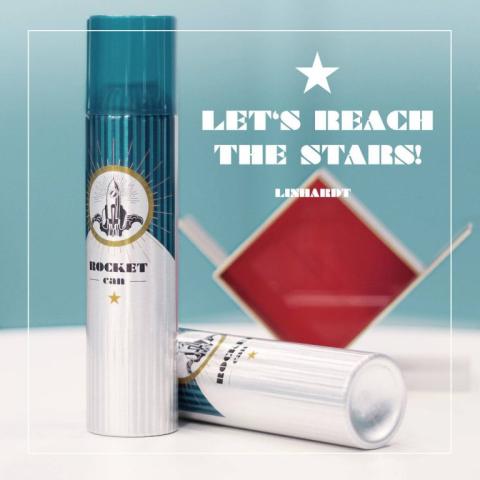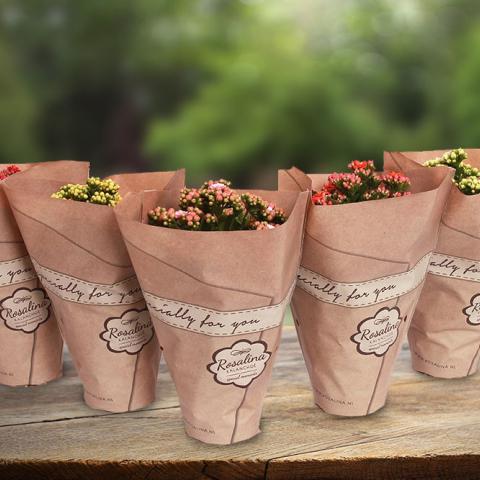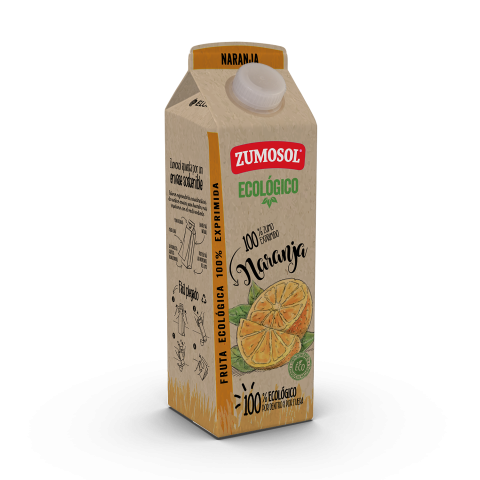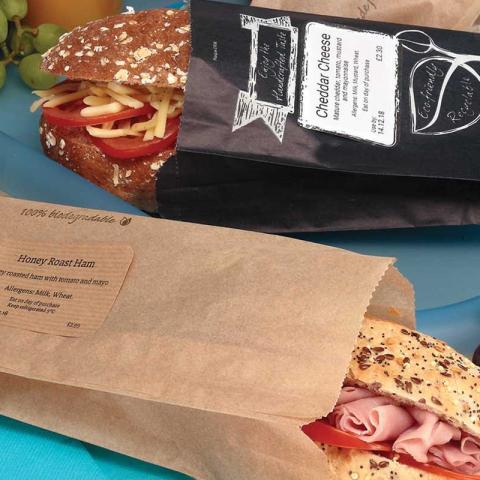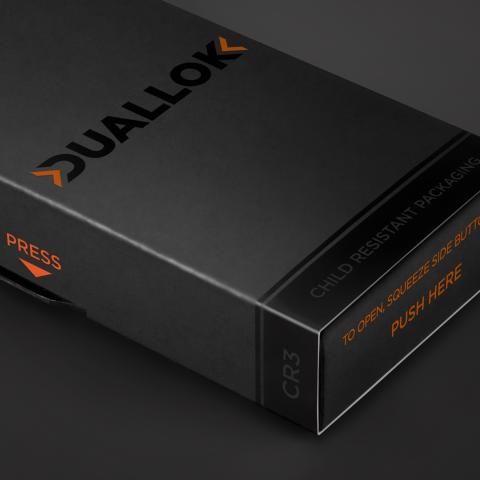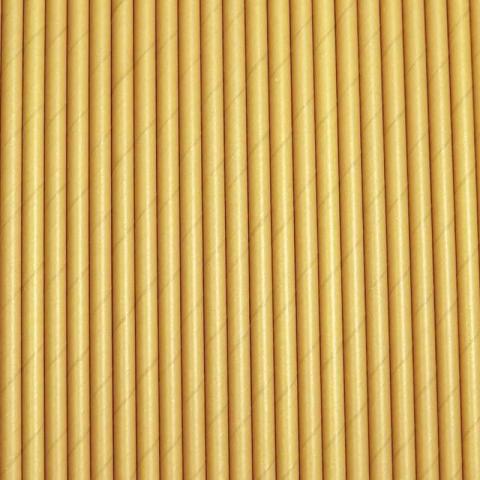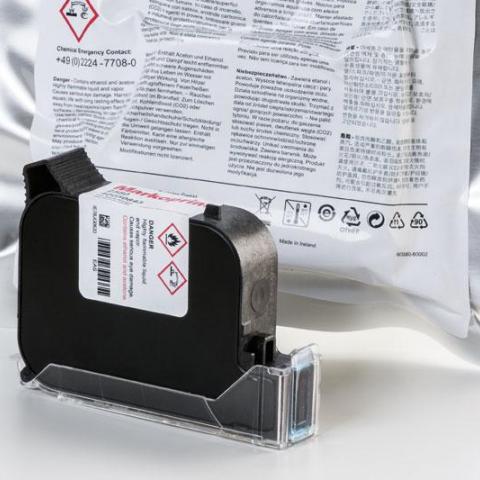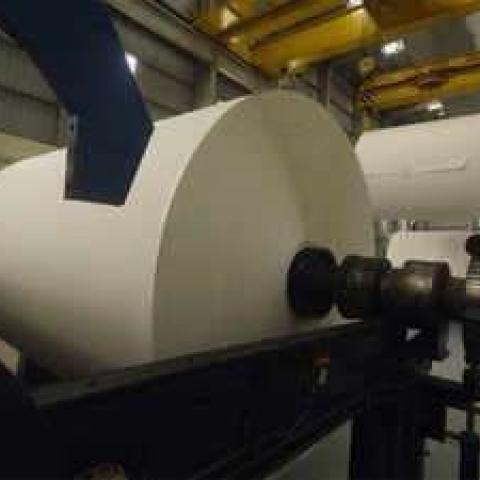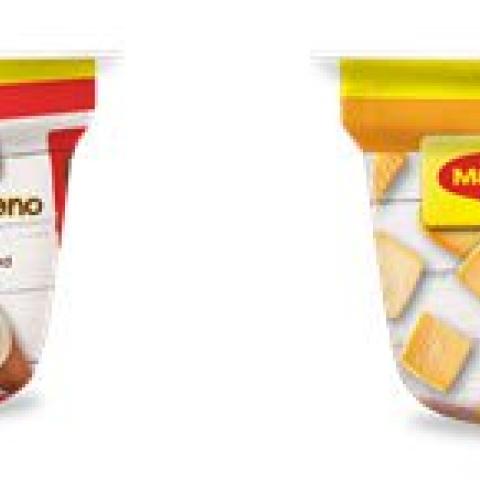Against the backdrop of regulatory requirements, PET is becoming an increasingly important raw material. According to the proposed EU Packaging and Packaging Waste Regulation (PPWR), PET bottles must be designed so that they can easily be recycled. At the same time, binding specifications for the use of recycled material apply. Starting in 2025, single-use PET bottles must contain a minimum of 25 percent recycled material, increasing to 30 percent by 2030. However, the current reality lags with this potential. While over 60 percent of PET bottles are collected in Europe, the PET value chain could return over 11 billion additional bottles to the recycling cycle annually. Residues that render the material unusable often stand in the way of effective recycling.
- Today is:



